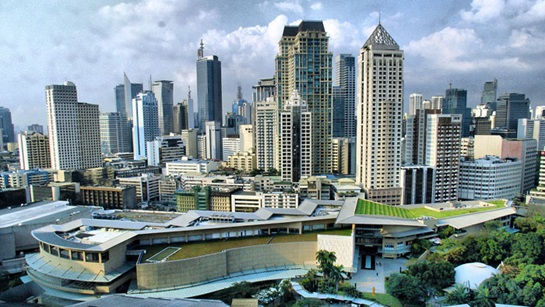COVID, real estate, supply chains & inflation are expected bumps for insurers in 2022
- Jadeson Ortega
- Jan 17, 2022
- 2 min read
Updated: Jan 31, 2022

Continuing COVID-19 restrictions in most Asian jurisdictions, potential challenges in the property market (whether related to Evergrande or otherwise) in combination with global supply chain issues, rising energy prices, increasing inflation and the withdrawal of temporary pandemic relief measures suggest that 2022 will be a bumpy ride for the Asian insurance market, even without further resurgent COVID-19 outbreaks.
Mr Alex Derham, a senior associate with the London-headquartered international law firm RPC, wrote this outline of what the insurance industry in Asia is to expect in 2022. The industry outlook is carried in the firm's "Annual Insurance Review 2022".
Mr Derham also commented on the following areas:
Cyber
The continued growth in cyber claims is expected to continue into 2022 as cyber criminals continue to become more sophisticated. Asia remains an attractive target, particularly given as it is set to overtake the US as the largest market for data centres by 2024.
COVID
The longer-term effects of COVID-19 are likely to continue in the form of insolvencies in 2022, potentially leading to a further increase in D&O and trade credit claims. On the back of the current hard market in both sectors, further rate increases are expected for these high-demand products, in conjunction with increased focus by insurers on policy terms and pre-inception enquiries.
In contrast, other lines of insurance business can expect to see diminishing rate increases as premiums stabilise.
Political risk
Political violence (re)insurers are expected to remain cautious amid growing concerns as to the potential for international sanctions, the political uncertainty in Myanmar and broader potential for social and political unrest in various countries around the region as countries wrestle with the economic challenges of transiting to a post-COVID-19 era.
ESG
Further growth in renewables can be expected, particularly in the solar and onshore/offshore wind spheres. Consumer awareness is also feeding mounting consumer and regulatory pressure on insurers to perform in accordance with ESG principles, including being selective of the types of businesses they choose to insure, particularly within the oil and gas sector. Growing interest in the ESG agenda is also expected to further propel the ILS market’s long-term growth into 2022 and beyond.
Source: asiainsurancereview.com




Comments